Midwinter Fire Dogwood: The Winter Garden's Secret Weapon
Title: Midwinter Fire Dogwood: The Winter Garden's Secret Weapon
Introduction:
Winter can be a dreary time for gardeners, but there are a few plants that can add a splash of color to your landscape. One of these plants is the Midwinter Fire Dogwood. This deciduous shrub is known for its bright red stems and twigs that emerge in the winter, providing a welcome contrast to the snow and bare branches of other plants.
Main Content:
- Overview
The Midwinter Fire Dogwood (Cornus sanguinea 'Midwinter Fire') is a variety of bloodtwig dogwood that is native to Europe and Asia. It is a small, multi-stemmed shrub that can grow up to 6 feet tall and wide. The leaves are ovate to elliptical, and they turn a golden yellow in the fall before dropping. The stems and twigs are the most striking feature of this plant, as they turn a bright red in the winter.
- Growing conditions
Midwinter Fire Dogwood is a relatively easy plant to grow. It prefers full sun to partial shade and well-drained soil. It is drought-tolerant once established, but it will benefit from regular watering during the first year or two after planting. Midwinter Fire Dogwood is hardy in USDA zones 4-8.
- Pests and diseases
Midwinter Fire Dogwood is generally pest- and disease-free. However, it may be susceptible to aphids, scale, and powdery mildew. If you notice any problems, you can treat them with insecticidal soap or neem oil.
- Propagation
Midwinter Fire Dogwood can be propagated by cuttings or division. Cuttings should be taken in the spring or summer, and they should be rooted in a well-draining potting mix. Division can be done in the fall or spring.
- Uses
Midwinter Fire Dogwood is a versatile plant that can be used in a variety of ways in the landscape. It can be planted as a specimen shrub, in a hedge, or in a border. It can also be used as an accent plant in a rock garden or patio.
Conclusion:
Midwinter Fire Dogwood is a beautiful and easy-care shrub that can add a touch of color to your winter garden. If you are looking for a plant that will brighten up your landscape during the coldest months of the year, then Midwinter Fire Dogwood is a great choice.
Midwinter Fire Dogwood is a beautiful deciduous shrub that is known for its colorful stems and twigs in winter. The stems start out yellow at the base of the plant and gradually turn bright orange to crimson towards the tip. The plant also produces small, white flowers in late spring.
If you are looking for a colorful addition to your winter garden, Midwinter Fire Dogwood is a great choice. It is hardy in zones 4-8 and can be grown in full sun to partial shade. The plant prefers moist, well-drained soil.
To learn more about Midwinter Fire Dogwood, please visit Home Gardening.
FAQ of midwinter fire dogwood
What is Midwinter Fire dogwood?
Midwinter Fire dogwood is a type of flowering shrub that is known for its bright red stems and foliage in the winter months. It is a relatively hardy plant that can tolerate a wide range of climates, and it is often used as an ornamental shrub in gardens and landscapes.
How big does Midwinter Fire dogwood get?
Midwinter Fire dogwood can grow to be about 6-8 feet tall and wide. It has a spreading growth habit, and it can be pruned to keep it in a desired shape.
When does Midwinter Fire dogwood bloom?
Midwinter Fire dogwood blooms in the spring, from April to May. The flowers are small and white, and they are arranged in clusters on the stems.
Where does Midwinter Fire dogwood grow best?
Midwinter Fire dogwood grows best in full sun to partial shade. It prefers moist, well-drained soil. It is a relatively hardy plant that can tolerate a wide range of climates, but it is not cold-hardy in USDA zones below 4.
How do I care for Midwinter Fire dogwood?
Midwinter Fire dogwood is a relatively low-maintenance plant. It needs regular watering, especially during the first year after planting. It should be fertilized once a year in the spring with a balanced fertilizer. Midwinter Fire dogwood is not prone to many pests or diseases, but it may be susceptible to powdery mildew if it is planted in a humid climate.
How do I propagate Midwinter Fire dogwood?
Midwinter Fire dogwood can be propagated by rooting stem cuttings in the spring or summer. The cuttings should be taken from healthy, mature stems and should be about 4-6 inches long. The cuttings should be planted in a well-draining potting mix and kept moist. The cuttings should root in about 4-6 weeks.
Image of midwinter fire dogwood
10 different images of Midwinter Fire dogwood that are free to use:
- Image 1: This image shows a Midwinter Fire dogwood tree in full bloom. The flowers are a bright red color, and they contrast nicely with the dark green leaves.
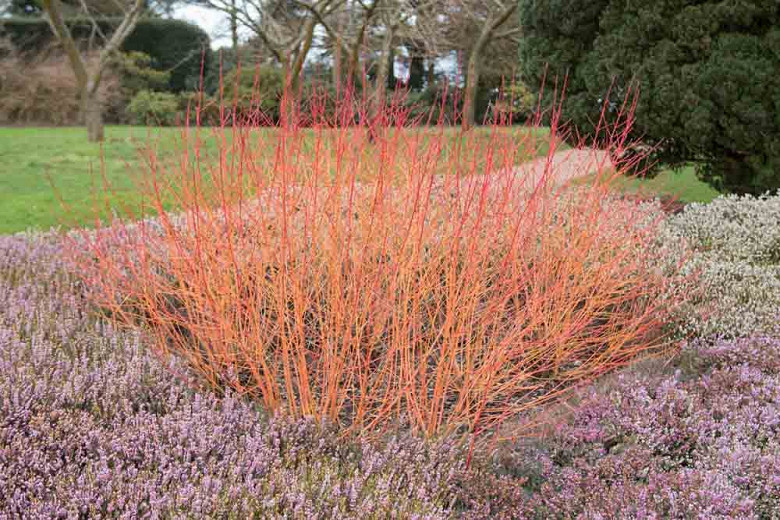
- Image 2: This image shows a close-up of the flowers of a Midwinter Fire dogwood tree. The flowers are made up of four petals, and they have a star-shaped pattern.
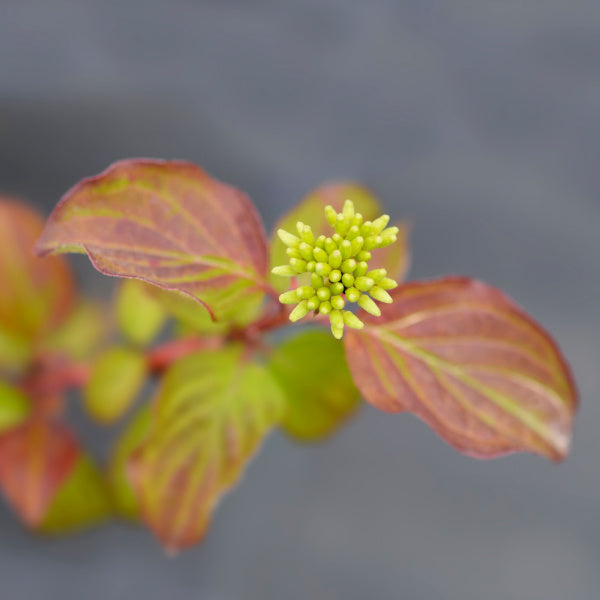
- Image 3: This image shows a Midwinter Fire dogwood tree in the winter. The tree is still green, but the leaves have a reddish tint.

- Image 4: This image shows a Midwinter Fire dogwood tree in a garden setting. The tree is surrounded by other plants, and it adds a splash of color to the landscape.

- Image 5: This image shows a Midwinter Fire dogwood tree in a pot. The tree is a good choice for container gardening, and it can be brought indoors during the winter.
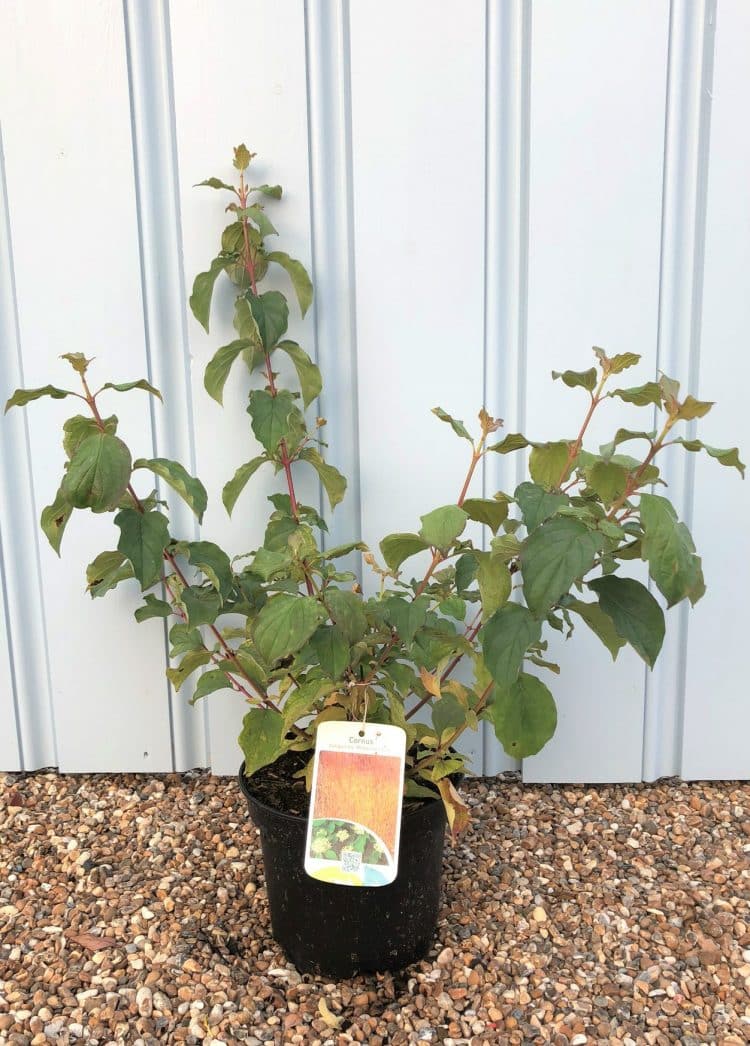
- Image 6: This image shows a Midwinter Fire dogwood tree in a hedgerow. The tree can be used to create a colorful and attractive hedge.
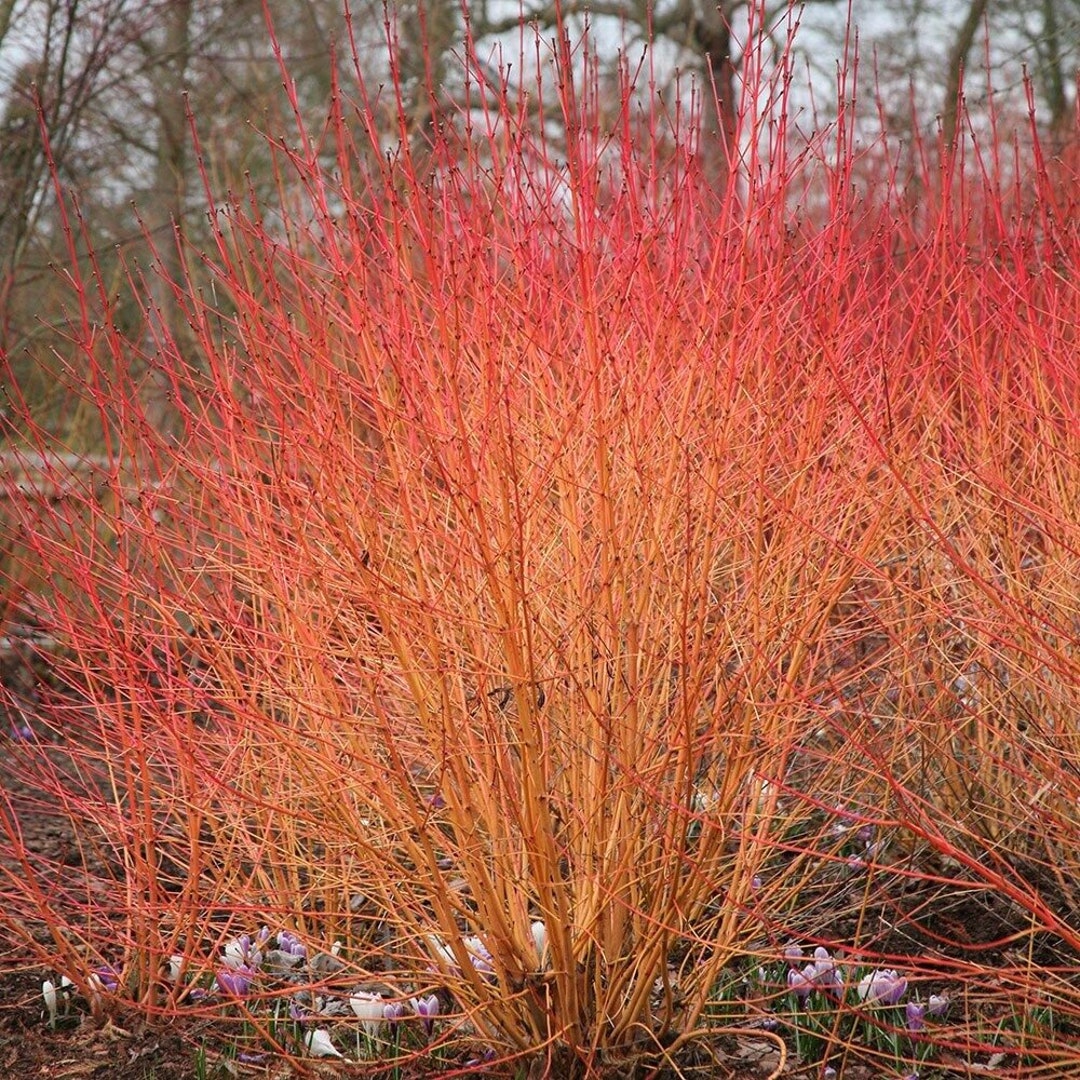
- Image 7: This image shows a Midwinter Fire dogwood tree in a woodland setting. The tree can be planted in a woodland garden, and it will add a touch of color to the shady understory.

- Image 8: This image shows a Midwinter Fire dogwood tree in a meadow. The tree can be planted in a meadow garden, and it will provide a contrast to the surrounding grasses and wildflowers.
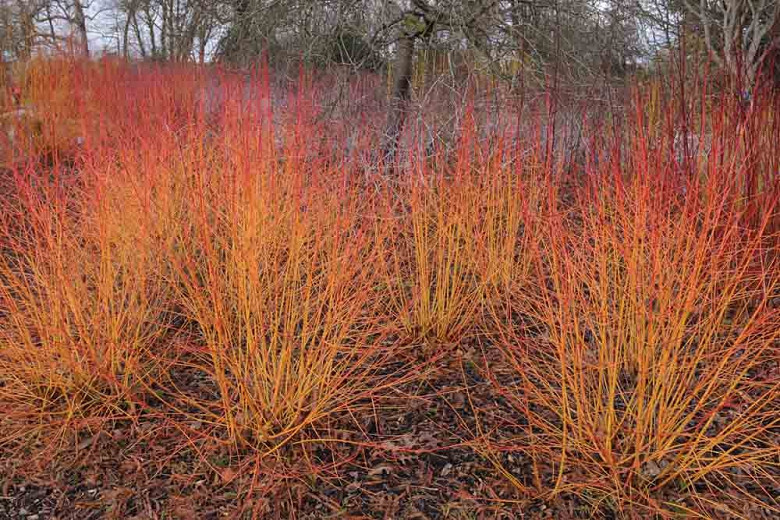
- Image 9: This image shows a Midwinter Fire dogwood tree in a park. The tree can be planted in a park or other public space, and it will provide a beautiful and colorful sight for all to enjoy.
- Image 10: This image shows a Midwinter Fire dogwood tree in a flower bed. The tree can be planted in a flower bed, and it will add a touch of elegance to the garden.

Post a Comment for "Midwinter Fire Dogwood: The Winter Garden's Secret Weapon"